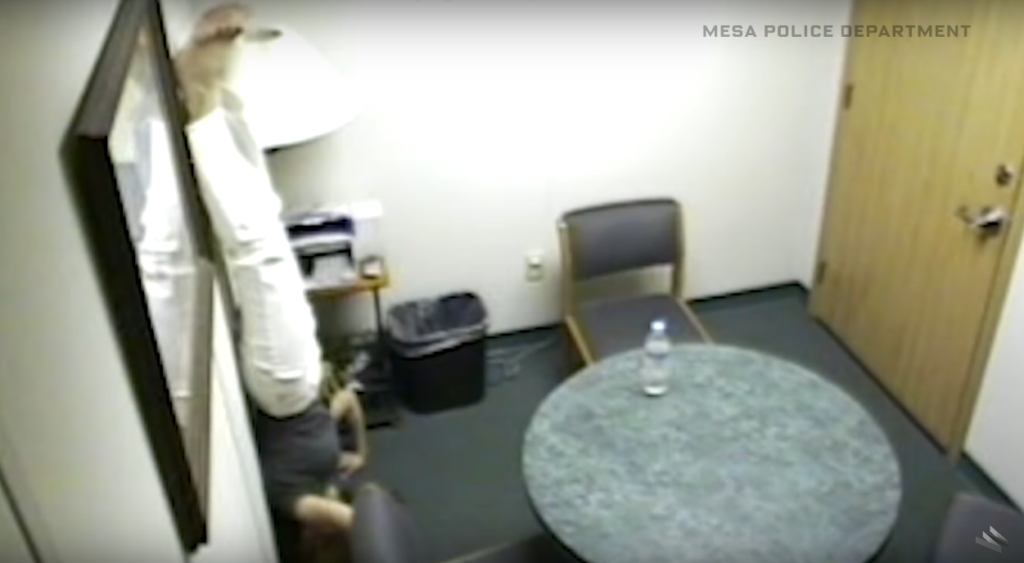Lying is a common human behavior that all human beings possess. Reality is that every person lies from time to time depending upon the conditions or circumstances. Some may lie to protect the emotions of others, some to protect their image, and some lie to cover their sins. Considering this, we must learn the art of detecting lies.
According to recent studies carried out just to know how often people lie, the average person lies once or twice a day and starts lying around the age of two. In the US, the study shows that around 96% of people tell a lie over a day.
The Signs For Detecting Lies
Fortunately, there are signs to spot a lie. Jim Clemente is the former FBI supervisory special agent and profiler who shares his experience and explains criminal psychology briefly. He also explains the techniques he used for detecting lies coming out of the mouth of the suspects.
He explains, “Criminal Behavioural Analysis is the umbrella term that covers all the work that we do at the FBI’s Behavioral Analysis Unit that includes criminal profiling, active listening, interview, interrogation and deception detection.”
Various Investigative Interviews
Investigative interviews are of two types, namely non-confrontational interviews and interrogations. But the ultimate goal of both of them is to get accurate and reliable information. To get there, one of the tools that the FBI uses is deception detection where they take a holistic approach. Looking at many different types of indicators, they look at fight-or-flight cognitive complexity or perception management as different ways of detecting deception. Fight-or-flight is nothing more than noting the physiological changes that occur when someone’s under stress. For example, a decrease in salivation or change in the heart rate or increasing adrenaline in the hands or legs. This is because our primitive brain wants us to either stand and fight or run away.
He further explains, “There during interrogation, you want to run but you can’t and many times you’ll fidget with your hands or your legs or you’ll bring them up and then try to cover them in a grooming gesture.”
The former FBI official also added, “many suspects will experience nervous energy, and when they’re preparing to lie that can come out in minor fidgeting or grooming gestures but sometimes there are the gross body movements.”
He gives an example of a girl who started to do a handstand for several seconds to burn that nervous energy. It’s a perfect example of flight-or-fight.

Cognitive Complexity
The concept of cognitive complexity is that when people lie they try to keep it as simple as possible. It relates to cutting an onion, as the liars will only tell about the upper ring of the onion and not about the rings below it. If you drill down and ask them typically they will fall apart. If you even match their answers with their co-defendants and they give you some different answers. The fact that stands out is that they are lying.
Perception management is when a suspect tries to behave in a way they think the interviewer would expect from somebody giving a truthful statement. They will tend to be still and will not fidget. But the fact is throughout the other time they may have been fidgeting.
He says, “We have to keep an eye how a person who’s been sitting straight and answering questions directly and being attentive might become fidgety under the stress. Non-linguistic verbal indicators of deception can be increase in the pace of talking, an increase or decrease in the volume or a change in pitch. Sometimes when people are lying the stress makes their voice go up a few octaves and that can be an indicator that you need to drill down on to determine whether they’re lying about the thing.”
“The behaviours that we look for when we’re trying to detect deception is very common and you can see it in public statements all the time”, he further added.
Conclusion
He ends by saying, “what somebody says in a confession, that undermines the credibility of the confession. Many times cases will be successful or fall apart based on what happens during an investigative interview. So we use behavioural analysis principles to determine, whether a confession is accurate and reliable or a false confession. The thing is that every person is an individual and we have to make sure that, we take a holistic look at all of these things. And the entire behaviour that human being exhibits when they’re undergoing interview or interrogations.”
What do you think about these techniques used by the FBI for detecting lies? Let us know your thoughts in the comments below.